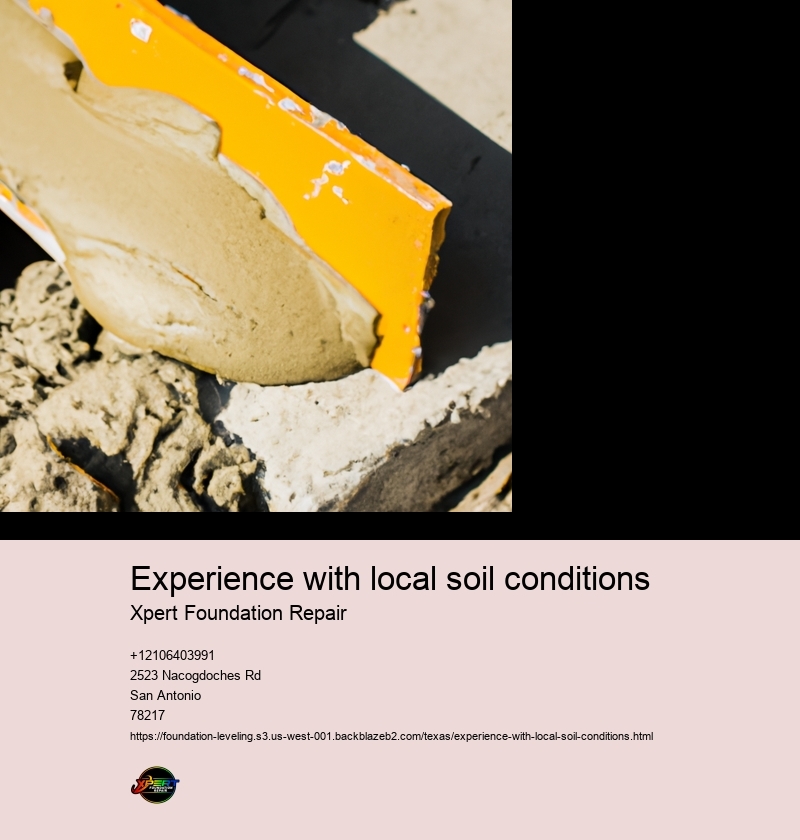Experience with local soil conditions
Experience with local soil conditions is an invaluable asset for anyone working in fields related to agriculture, construction, landscaping, or environmental management. It is the deep understanding and practical knowledge of the characteristics, limitations, and potentials of the soil within a specific region. The importance of this experience cannot be overstressed; it serves as the foundation upon which successful projects are built and sustained.
Local soil conditions can vary dramatically from one area to another due to differences in parent material, climate, topography, biological activity, and timefactors collectively known as soil-forming factors. These variations result in a wide range of soils with distinct physical and chemical properties that determine their suitability for different uses. Therefore, having firsthand experience with these soils equips individuals and organizations to make informed decisions about land use.
For instance, farmers who understand their local soil conditions are better positioned to choose appropriate crops and cultivation practices. They know how well certain soils retain moisture or nutrients and whether they have adequate drainage or are prone to erosion. Such experience allows them to select suitable crop varieties and implement soil conservation techniques effectively.
In construction, understanding local soil conditions ensures that foundations are laid on stable ground capable of bearing structural loads without excessive settlement. Engineers rely on this experience when designing infrastructure like roads or buildings because they must account for potential issues such as swelling clays or liquefaction-prone sands.
Landscapers also need this expertise since it informs their choices regarding plant species that will thrive in particular soils without extensive modification or maintenance. Additionally, they can predict how landscapes will evolve over time by considering how local soils interact with flora.
Environmental managers depend on knowledge of local soil conditions when assessing ecological impacts or remediating contaminated sites. Soils act as both filters and repositories for pollutants; thus, knowing how different types interact with contaminants is crucial for devising effective cleanup strategies.
Gaining experience with local soil conditions typically involves direct interaction through fieldwork: observing coloration patterns that indicate oxidation-reduction processes; feeling textures ranging from gritty sand to sticky clay; smelling humus-rich topsoils teeming with microbial life; testing pH levels; analyzing nutrient profiles; identifying horizons within a soil profileall these sensory experiences hone ones ability to read the landscapes underlying story written in its dirt.
Moreover, such expertise often includes familiarity with historical land use practices which may continue influencing current condition long after those activities have ceased such as old agricultural terraces affecting water flow patterns decades later adding layers complexity into managing modern landscapes based upon legacies beneath our feet
To truly excel at working intelligently any given parcel land requires not just theoretical book-learning but also hands-on involvement earth itself This way we learn respect intricacies each unique patch ground under our stewardship Whether farming constructing conserving restoring ecosystems rooted appreciation specific attributes challenges opportunities presented vast diverse tapestry soils across globe Experience therefore isn't merely beneficialit's essential
